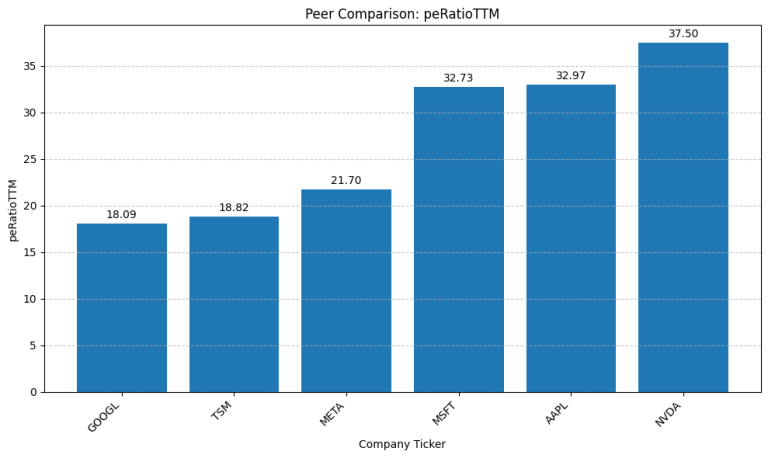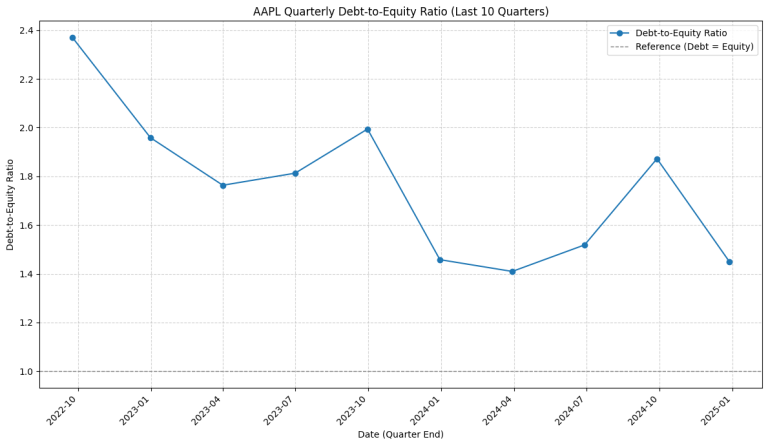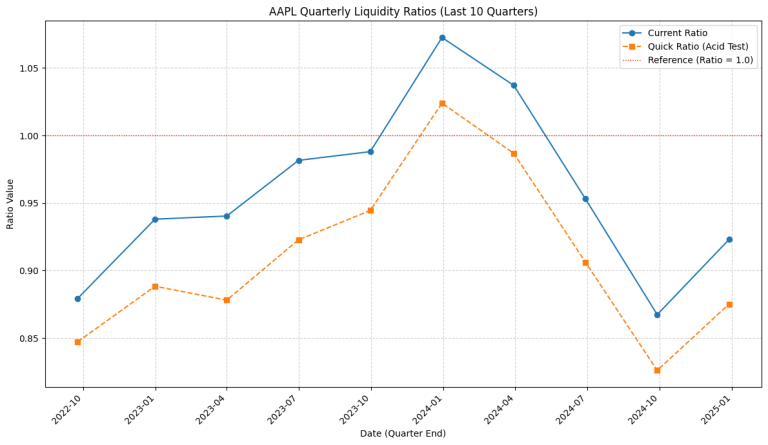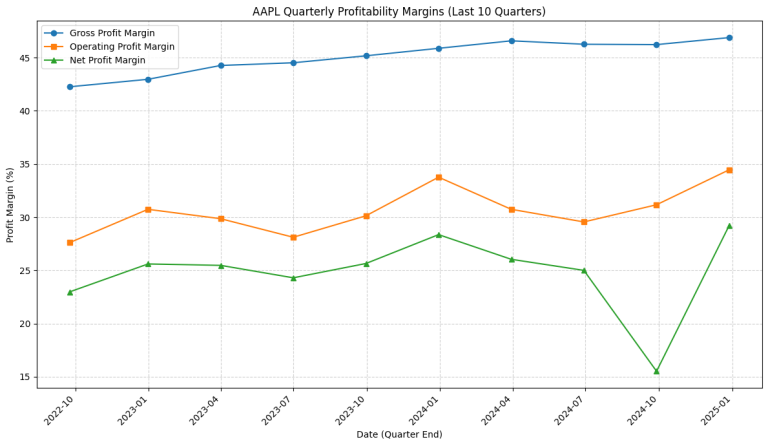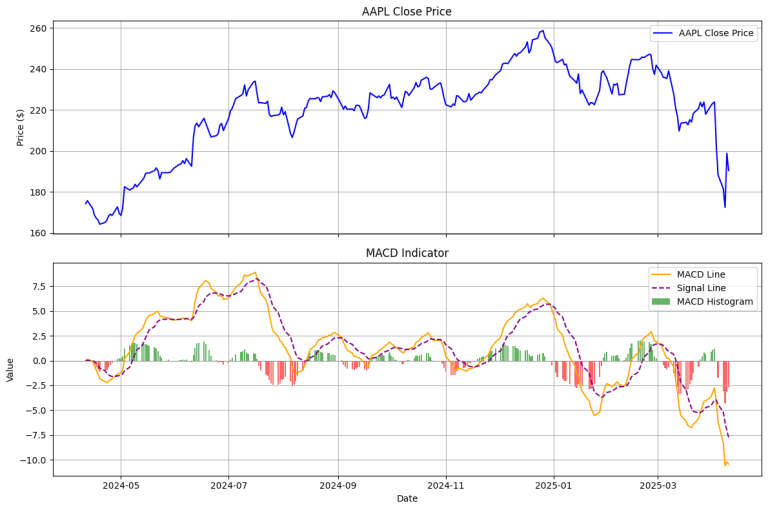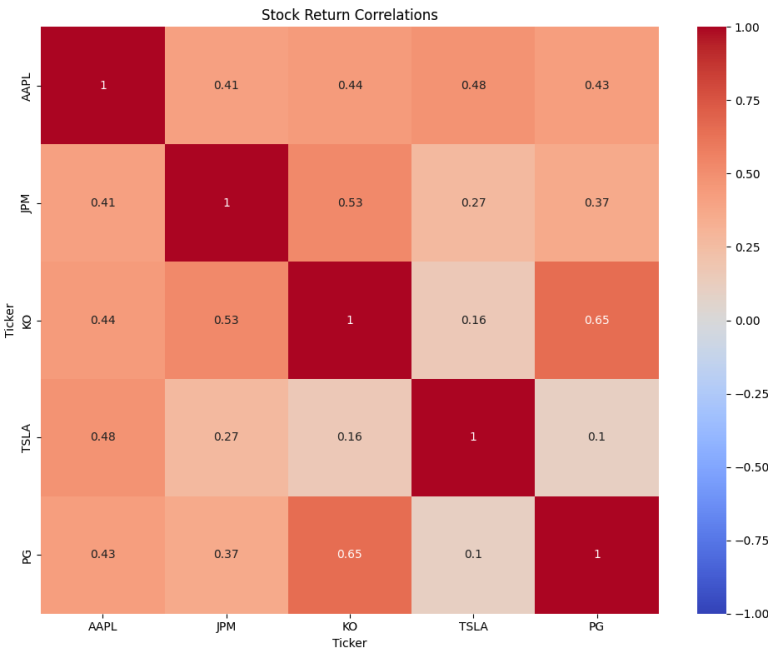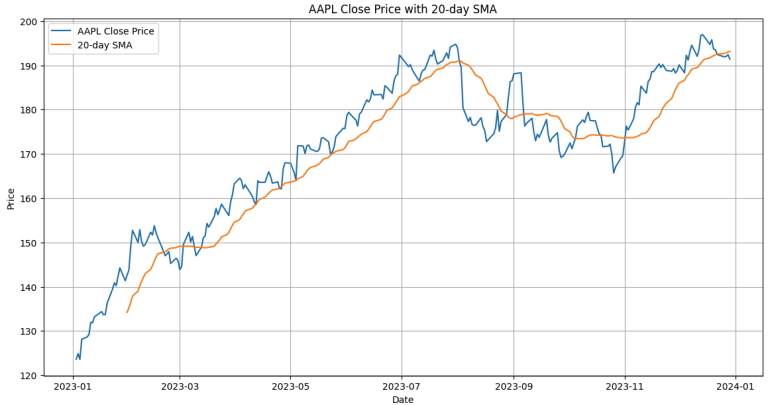8. Python for Fundamental Analysis: Unlock Insights with Earnings Call Transcript Analysis
Welcome back to the Python for Fundamental Analysis series! We’ve built a strong quantitative toolkit over the last posts: While numbers are essential, they don’t capture management strategy, competitive dynamics, outlook, or the nuances behind performance. For this, we turn to qualitative sources, and one of the richest is the earnings call transcript. These quarterly calls offer direct…

